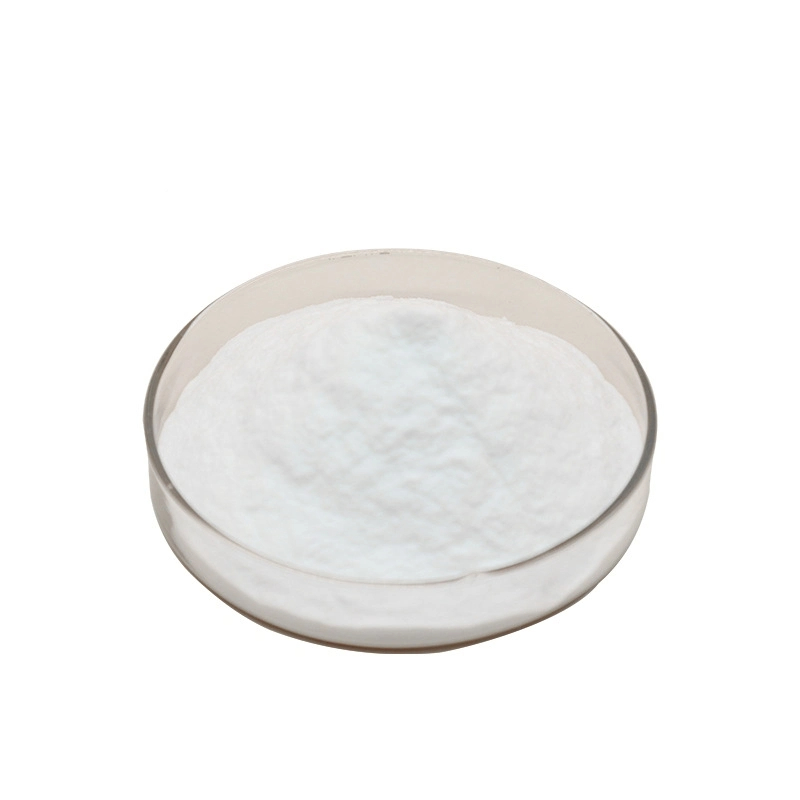



Understanding the Factors Influencing the Cost of Chlorine Dioxide Production and Application
Understanding Chlorine Dioxide Cost A Comprehensive Overview
Chlorine dioxide (ClO2) is a powerful oxidizing agent widely used for disinfection, water treatment, and various industrial applications. Its effectiveness in destroying bacteria, viruses, and organic compounds has made it a popular choice in fields such as water purification, food processing, and even in some areas of healthcare. However, one of the critical factors that organizations must consider when deciding to utilize chlorine dioxide is its cost.
Production and Supply Chain Costs
The cost of chlorine dioxide primarily stems from its production process. There are several methods to generate chlorine dioxide, including the reaction of sodium chlorite with chlorine gas or sodium hypochlorite. The specific method chosen can significantly affect the overall cost, as some processes may require more sophisticated equipment or produce chlorine dioxide in situ (on-site), while others may generate and transport it in bulk.
The materials used in these methods—sodium chlorite, chlorine gas, and catalysts—also contribute to the overall cost. These chemicals are subject to market fluctuations; prices can vary based on supply and demand, geopolitical stability, and environmental regulations. Industries must stay informed about these pricing trends to manage their budgets effectively and avoid unexpected expenses.
Delivery and Storage Expenses
After production, the cost of chlorine dioxide can be influenced by delivery and storage expenses. For on-site generation, infrastructure investments, such as the installation of generators and safety equipment, must be accounted for. Companies must abide by safety regulations that govern the handling and storage of chlorine dioxide, further adding to the investment required.
For organizations relying on bulk deliveries of chlorine dioxide, transportation costs become a significant factor. The requirements for safe transport and the proximity of suppliers can influence the overall price. Additionally, storage facilities must maintain specific conditions to ensure the stability of chlorine dioxide, which may entail additional costs for temperature and pressure control.
Operational Costs
chlorine dioxide cost

Once chlorine dioxide is procured, operational costs come into play. These costs encompass equipment maintenance, monitoring systems for proper dosing, labor, and compliance with regulatory requirements. Regular maintenance of generating equipment and safety checks are crucial to ensure effective disinfection processes and minimize risks associated with hazardous materials.
Training employees on the safe handling and application of chlorine dioxide is another important investment. The potential hazards of chlorine dioxide, including its toxicity and reactivity, necessitate appropriate safety protocols and protective measures to be in place. Effective training programs can help mitigate risks, ensuring a safe working environment and compliance with occupational safety regulations.
Cost-Benefit Analysis
When evaluating the viability of chlorine dioxide for disinfection or water treatment, organizations must conduct a thorough cost-benefit analysis. The initial investments in production and equipment must be weighed against the benefits provided by chlorine dioxide—including its higher efficacy compared to traditional disinfectants, lower chlorinated by-products, and longer-lasting residual disinfection.
Moreover, the long-term savings associated with improved water quality and reduced illness claims can make chlorine dioxide a worthy investment despite its upfront costs. In sectors like healthcare, where ensuring sanitary conditions is paramount, the benefits can far outweigh the expenses.
Conclusion
In summary, the cost of using chlorine dioxide is a multifaceted issue that encompasses production, delivery, storage, operational, and training expenses. As businesses and organizations assess their disinfectant options, it’s essential to consider not just the price per unit, but the overall investment and potential returns in terms of safety, effectiveness, and compliance.
With its broad applications and effectiveness, chlorine dioxide remains a vital tool in various industries. Understanding its cost dynamics is crucial for organizations looking to implement successful and economically sound disinfection solutions.
-
Why Sodium Persulfate Is Everywhere NowNewsJul.07,2025
-
Why Polyacrylamide Is in High DemandNewsJul.07,2025
-
Understanding Paint Chemicals and Their ApplicationsNewsJul.07,2025
-
Smart Use Of Mining ChemicalsNewsJul.07,2025
-
Practical Uses of Potassium MonopersulfateNewsJul.07,2025
-
Agrochemicals In Real FarmingNewsJul.07,2025
-
Sodium Chlorite Hot UsesNewsJul.01,2025










